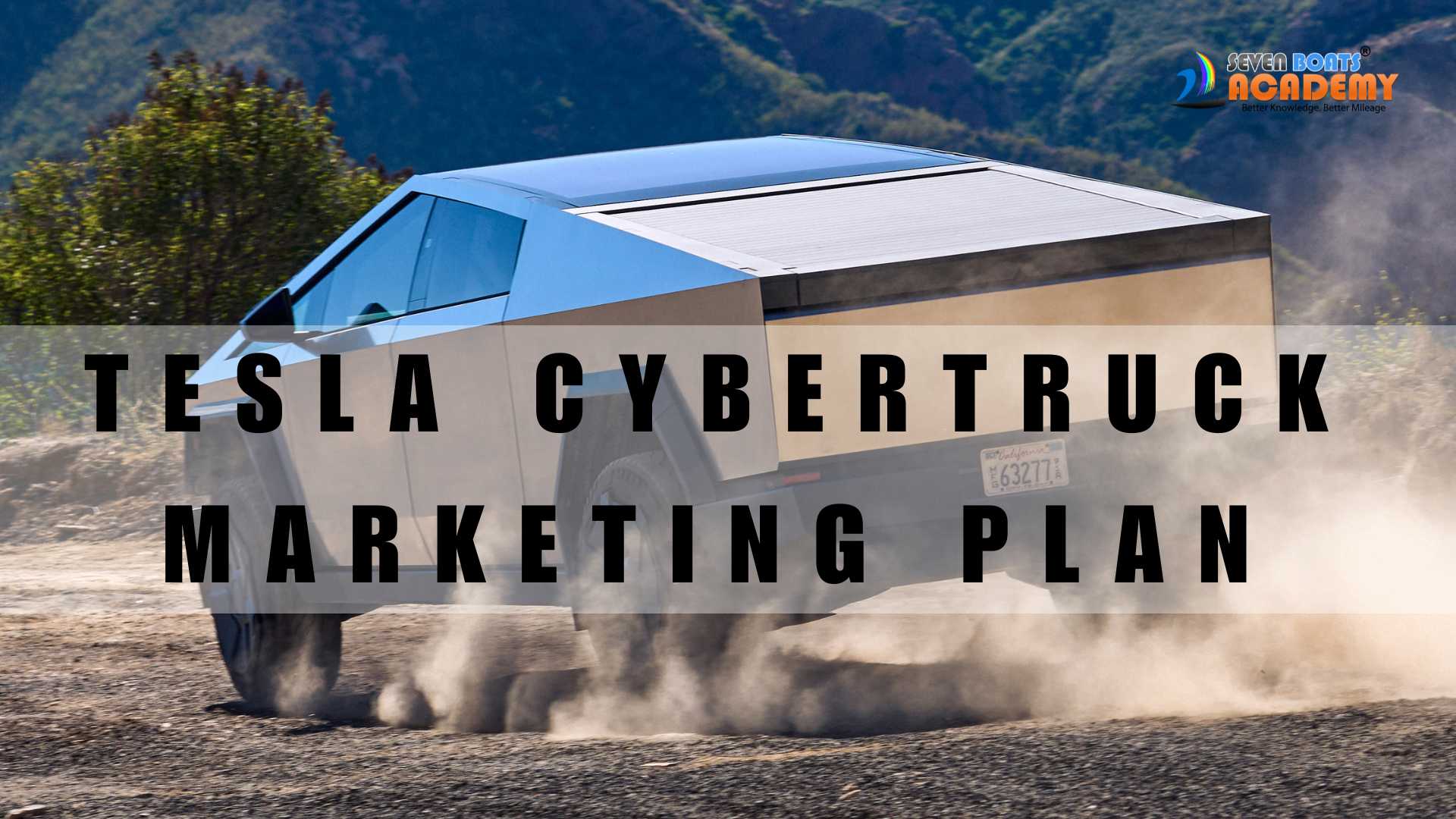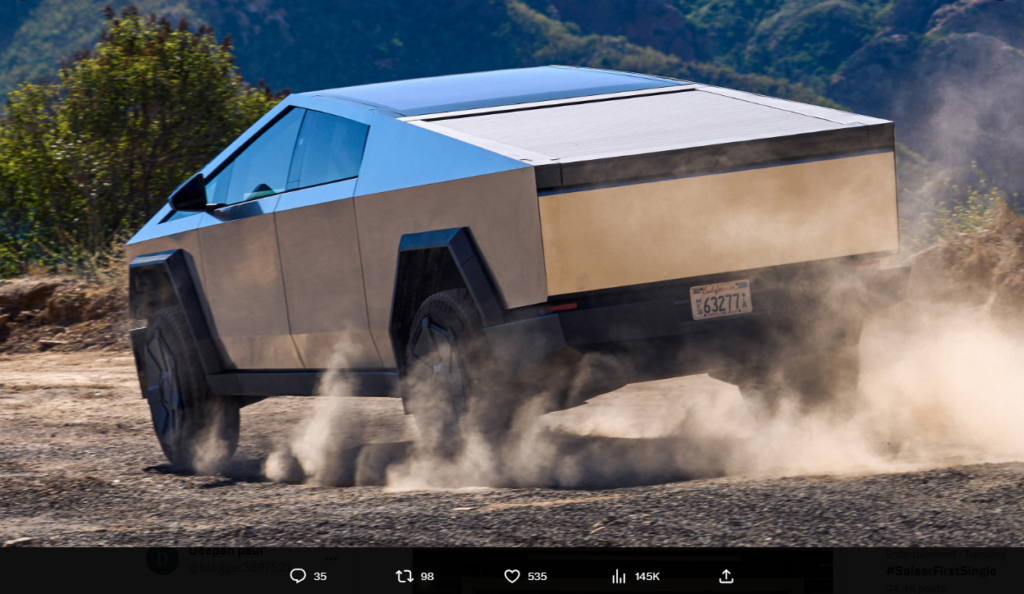
Elon Musk’s marketing strategy for the Tesla Cybertruck goes beyond traditional advertising. It’s a multi-pronged approach that leverages his brand, social media, and even controversy to generate buzz and build anticipation. Here’s a breakdown of key elements:
1. Personal Brand and Hype:
- Musk’s persona: Musk’s eccentric and visionary image is central to the Cybertruck’s appeal. His pronouncements and personal engagement on social media generate excitement and curiosity.
- Superlative claims: Musk has touted the Cybertruck’s futuristic design, “crazy good” performance, and bulletproof capabilities, fueling speculation and anticipation.
- Limited-edition strategy: Offering limited-edition versions with exclusive features creates a sense of scarcity and desirability.
2. Social Media Savvy:
- Twitter as a megaphone: Musk uses Twitter to directly communicate with fans, answer questions, and release updates, creating a sense of community and engagement.
- Teasers and leaks: Strategically revealing snippets of information and design features keep the public engaged and on the edge of their seats.
- Viral moments: The infamous “bulletproof glass” incident during the unveiling, though a public fumble, became a viral sensation, further amplifying the Cybertruck’s visibility.
3. Controversial Design:

Image via @topgear Twitter
- Polarizing looks: The Cybertruck’s unconventional design sparked debate and controversy, generating more attention and discussion than a bland design.
- Standing out from the crowd: By being different, the Cybertruck captured the imagination of people who crave something unique and innovative.
- Free publicity: The media attention generated by the truck’s design, both positive and negative, further boosted its exposure and awareness.
4. Pre-order Model:
- Early access and exclusivity: Pre-orders allowed fans to secure their place in line, creating a sense of urgency and ownership.
- Low-risk commitment: A small deposit required for pre-orders incentivized participation without locking buyers into a major purchase.
- Free market research: Pre-order numbers provided valuable data on consumer interest and demand, influencing production decisions.
5. Event-Driven Marketing:
- Unveiling:’ The Cybertruck’s unveiling was a major event, live-streamed and covered by major media outlets, generating widespread interest.
- Deliveries: The first batch of Cybertrucks delivered in 2023 created a new wave of media coverage and hype.
- Future events: Continued updates and events, like the recent “Cyber Rodeo” at Tesla’s Texas Gigafactory, keep the momentum going.
Overall, Elon Musk’s marketing strategy for the Tesla Cybertruck is a unique blend of personal branding, social media engagement, controversy, and pre-order incentivization. This approach has successfully generated significant buzz and anticipation, even before the truck’s official launch.
It’s important to note that Cybertruck’s marketing has not been without its challenges. The truck’s design has been polarizing, and production delays have frustrated some early adopters. However, by leveraging his personal brand and social media savvy, Musk has kept the Cybertruck in the spotlight and ensured its place as one of the most talked-about vehicles in recent years.



manraj